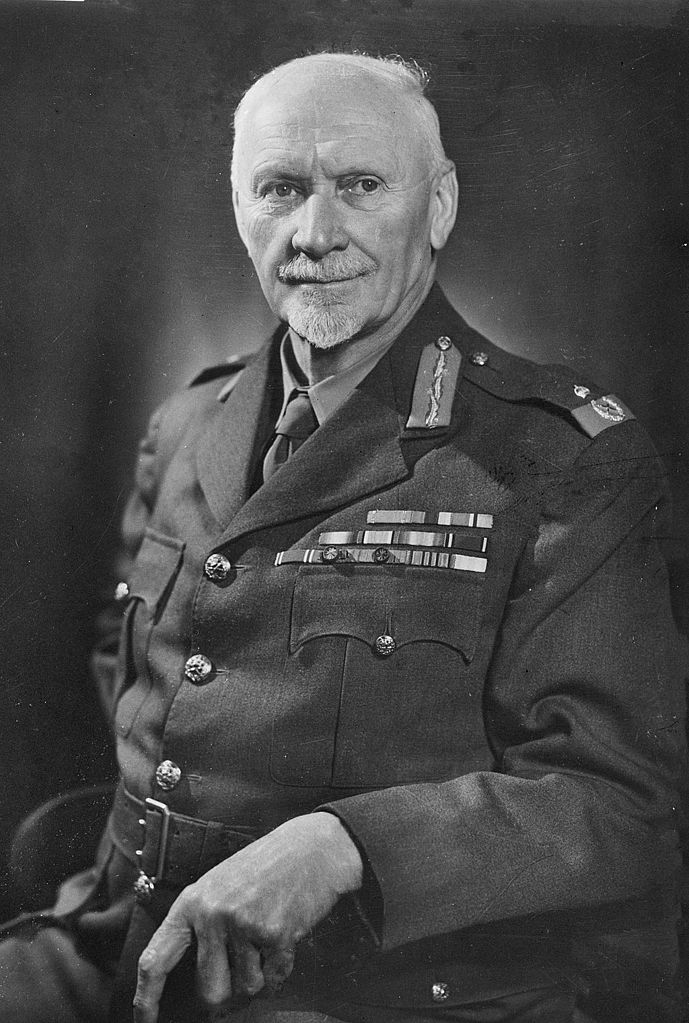 |
| Jan Christiaan Smuts |
Jan Christiaan Smuts was born on his family's farm in the Cape Colony on May 24, 1870. The second child in the Smuts family, Jan grew up working on the farm and roaming the Afrikaner, the countryside dominated by Dutch-speaking colonizers in South Africa. At the age of 12 he attended school at Riebeck West, and after graduating he attended Victoria College in Stellenbosch. Smuts graduated with an emphasis on science and literature from Victoria College.
Upon graduation Smuts traveled to England on scholarship to study law at Christ's College, Cambridge University. Though he passed the legal examinations that allowed him to practice law in England, Smuts decided instead to return to the Cape Colony
Upon Smuts's return to South Africa he practiced law and later wrote for the Cape Town newspaper, the Cape Times. He worked in Cape Town as a lawyer and writer until the Jamison Raid, where a militia from the British South African Company led by Colonel Jamison tried to lead a revolt of the Uitlanders, the term for British mining workers in the Transvaal
  |
In protest, Smuts moved to Johannesburg
His loyalty to the Republic of Transvaal was strongly evinced during the second Boer War (1898– 1902). As the war began to erupt, Smuts helped write a polemic essay, A Century of Wrong, to instill support for the Boer cause and to vilify British imperialism
Smuts gained a distinguished notoriety in South Africa for leading a band of Boer fighters in the war. Smuts was a participant at the Vereeniging Peace Conference that led to the Vereeniging Peace Treaty, signed on May 1, 1902, which formally ended the war.
Smuts continued to be politically successful in South Africa after the war. He teamed up with Louis Botha in 1905 to create Het Volk
As a cabinet appointee as education secretary and the colonial secretary, Smuts slowly climbed up the echelons of political power in South Africa. At the constitutional convention in Durban in 1908, Smuts drafted and reworked the South African constitution, which unified South Africa in December of 1909.
With the unification of South Africa, which led to a majority Afrikaner voting population among whites, Louis Botha became the prime minister of United South Africa in 1910. Under Botha Smuts was appointed to positions as the secretary of the interior, secretary of mines, and secretary of defense for South Africa. Smuts came under pressure from his own political party and the press for his numerous cabinet positions, later including secretary of finance.
Although he fought against the British in the second Boer War
As a member of British prime minister David Lloyd George
Smuts was the prime minister of South Africa from 1919 until the Afrikaner-dominated National Party defeated him in 1924. After his tenure as prime minister Smuts dabbled in academia, especially philosophy, publishing his book Walt Whitman: A Study in the Evolution of a Personality.
Smuts returned to politics in 1933 when he again became the prime minister of South Africa. As an ardent anti-Nazi he led the South African effort in World War II, joining British prime minister Winston Churchill's war cabinet. After World War II ended Smuts signed the Paris Peace Treaty on February 10, 1947.
In 1948 the National Party, which supported apartheid, government based upon the separation of races, ousted Smuts as prime minister in the national election. At that point he officially retired from South African politics. Jan Christiaan Smuts died soon thereafter on September 11, 1950, on his family's farm in Doornkloof, Irene, South Africa.